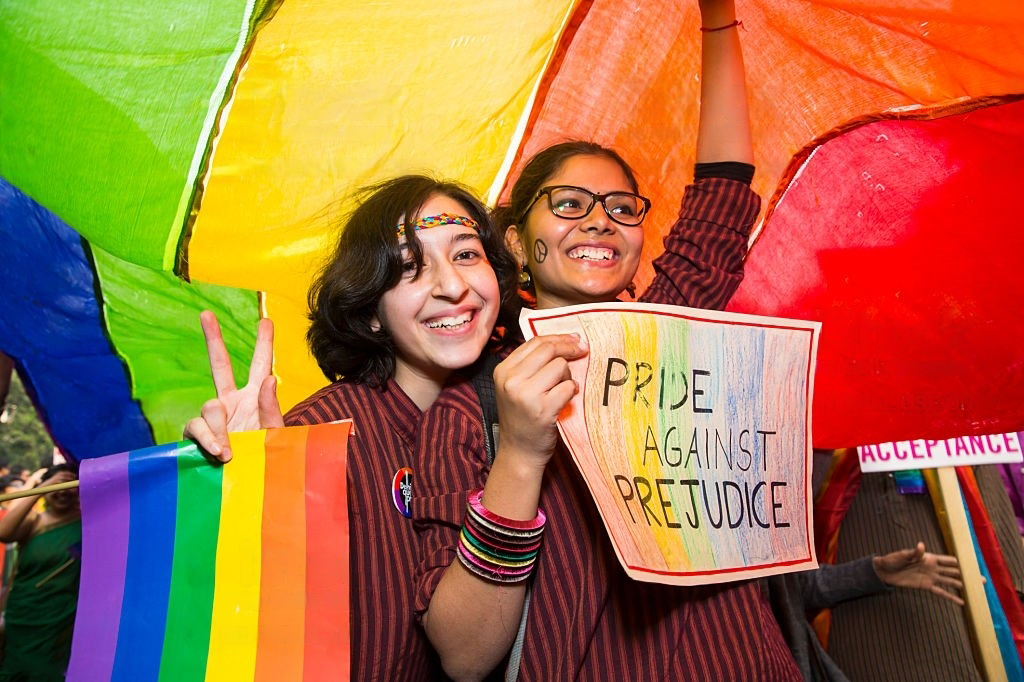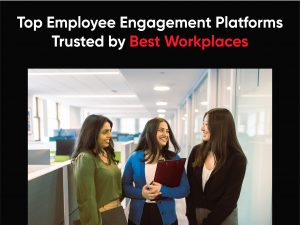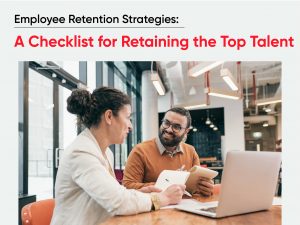Reading Time: 5 minutes
As Pride Month unfolds, it is an opportune time to reflect on the significance of creating a workplace culture that embraces diversity and inclusivity for LGBTQ+ employees. The journey towards an inclusive environment requires intentional efforts to dismantle barriers, foster empathy, and promote acceptance. In this article, we will explore the key elements of building an LGBTQ+ inclusive workplace culture, ranging from policies and practices to education and allyship. By understanding the importance of diversity and equality, we can create a workplace where every individual feels valued, respected, and empowered.
Understanding LGBTQ+ Identities: A Primer for Inclusive Workplaces
To cultivate an inclusive workplace culture, it is crucial to begin with a foundation of knowledge and understanding. Recognizing and respecting different LGBTQ+ identities is fundamental in creating an environment where individuals can express their authentic selves. Providing education and awareness programs that introduce LGBTQ+ terminology and identities can help dispel misconceptions and promote empathy. By acknowledging the diverse spectrum of identities within the LGBTQ+ community, we can foster an environment where individuals feel seen, heard, and validated.
Policies and Practices: Building LGBTQ+ Inclusive Workplaces
Inclusive policies and practices are instrumental in creating a supportive environment for LGBTQ+ employees. Establishing nondiscrimination policies that explicitly protect individuals based on sexual orientation and gender identity is crucial. Additionally, implementing anti-harassment policies that address LGBTQ+ issues and provide clear procedures for reporting incidents is vital for ensuring a safe and inclusive workplace.
Equitable benefits and support systems are also essential components of an LGBTQ+ inclusive workplace. Offering inclusive healthcare coverage that encompasses gender-affirming treatments and procedures demonstrates a commitment to the well-being of LGBTQ+ employees. Providing access to mental health resources and support networks that address the unique challenges faced by the community further enhances inclusivity.
Educating the Workforce: Promoting Awareness and Acceptance
Education plays a pivotal role in promoting LGBTQ+ inclusion in the workplace. Training programs that focus on LGBTQ+ issues and allyship can help employees and managers develop a deeper understanding of the challenges faced by their LGBTQ+ colleagues. By addressing unconscious biases and fostering empathy, organizations can create an environment where individuals feel safe and accepted.
Creating open dialogues and safe spaces for discussion is essential. Allowing employees to share their experiences, concerns, and ideas helps foster a culture of inclusion and belonging. These conversations can also facilitate the exchange of knowledge and promote a deeper appreciation for the contributions of LGBTQ+ employees.
Allies in Action: Becoming an LGBTQ+ Advocate
Allies play a crucial role in creating an inclusive workplace culture. Being an effective LGBTQ+ ally means actively supporting and advocating for LGBTQ+ rights and equality. It involves actively listening to the experiences and concerns of LGBTQ+ colleagues, amplifying their voices, and standing up against discrimination and prejudice. By openly showing support, allies can help create a more welcoming environment and inspire others to do the same.
Supporting LGBTQ+ employee resource groups (ERGs) and community initiatives is another way to demonstrate allyship. ERGs provide a platform for LGBTQ+ employees to connect, share experiences, and provide support to one another. Organizations can actively support these groups by allocating resources, providing mentorship opportunities, and engaging in collaborative efforts to drive positive change.
Celebrating Pride Month: Meaningful Recognition and Support
Pride Month offers an excellent opportunity for organizations to demonstrate their commitment to LGBTQ+ inclusion. Planning activities and events that celebrate the LGBTQ+ community can help raise awareness and promote a sense of belonging. These initiatives can range from organizing educational panels and workshops to hosting social events that foster connections among employees.
Recognizing LGBTQ+ history, achievements, and challenges is an integral part of celebrating Pride Month. By highlighting the contributions of LGBTQ+ leaders and their impact on society, organizations can inspire others and create a more inclusive narrative. Partnering with LGBTQ+ organizations and engaging with the community during Pride Month can further demonstrate solidarity and support beyond the workplace.
Success Stories: LGBTQ+ Employee Experiences and Leadership
Sharing success stories of LGBTQ+ employees in the workplace can be empowering and inspiring. By highlighting the journeys, accomplishments, and challenges faced by LGBTQ+ individuals, organizations can showcase the value they bring to the workplace. These narratives can foster a sense of pride among LGBTQ+ employees and help create a culture where everyone feels encouraged to be their authentic selves.
Recognizing LGBTQ+ leaders within the organization is equally important. By showcasing their accomplishments and contributions, organizations can inspire other LGBTQ+ employees and create role models for future generations. It sends a powerful message that LGBTQ+ individuals can thrive and lead in any professional field.
Beyond Pride Month: Sustaining Inclusion Throughout the Year
While Pride Month serves as a catalyst for LGBTQ+ inclusion, the commitment to sustaining an inclusive workplace culture should extend throughout the year. Organizations should embed LGBTQ+ perspectives in their ongoing diversity and inclusion efforts. This can be achieved by integrating LGBTQ+ issues into training programs, diversity initiatives, and internal communication platforms.
Engaging in continuous education and learning is crucial. By staying informed about current LGBTQ+ issues, organizations can adapt their policies and practices to address emerging challenges. This includes understanding the evolving needs of transgender employees, supporting individuals through their gender transitions, and ensuring that the workplace remains inclusive and affirming.
Regularly assessing the effectiveness of LGBTQ+ inclusion initiatives is essential for progress. Collecting feedback from employees, conducting surveys, and utilizing metrics can help organizations measure their success and identify areas for improvement. Creating accountability and transparent reporting structures reinforces the organization’s commitment to LGBTQ+ inclusion.
Building an LGBTQ+ inclusive workplace culture requires a multifaceted approach that encompasses policies, education, allyship, and celebration. By understanding and respecting LGBTQ+ identities, organizations can create an environment where employees feel safe, seen, and valued. Implementing inclusive policies and practices ensures that the workplace is free from discrimination and harassment.
Education and awareness initiatives promote empathy and understanding, fostering a culture of acceptance. Allies play a critical role in creating a supportive environment by advocating for LGBTQ+ rights and equality. Recognizing and celebrating Pride Month allows organizations to demonstrate their commitment to LGBTQ+ inclusion and celebrate the contributions of LGBTQ+ individuals.
However, sustaining an inclusive workplace culture requires year-round efforts. Integrating LGBTQ+ perspectives into ongoing diversity and inclusion initiatives ensures continued progress. By prioritizing education, assessing initiatives, and listening to employees’ experiences, organizations can foster an environment where every individual feels empowered to be their authentic selves.
As we celebrate Pride Month, let us remember that LGBTQ+ inclusion is not just a one-time event but an ongoing journey. By embracing diversity and fostering an inclusive workplace culture, organizations can create environments where LGBTQ+ employees can thrive, contribute, and excel. Together, let us champion diversity, equality, and acceptance in the workplace, not just for Pride Month but every day of the year.
To learn more about fostering an inclusive workplace culture for LGBTQ+ employees in your organization, visit the DEIB page on our website. Happy Pride Month!










